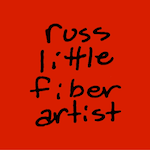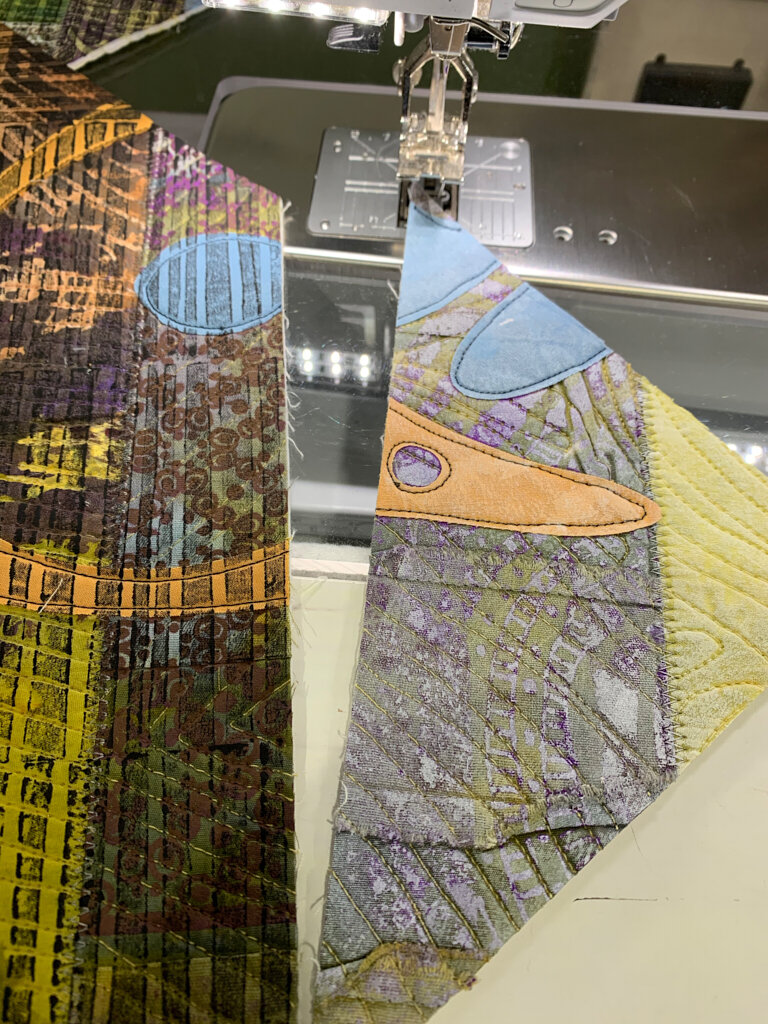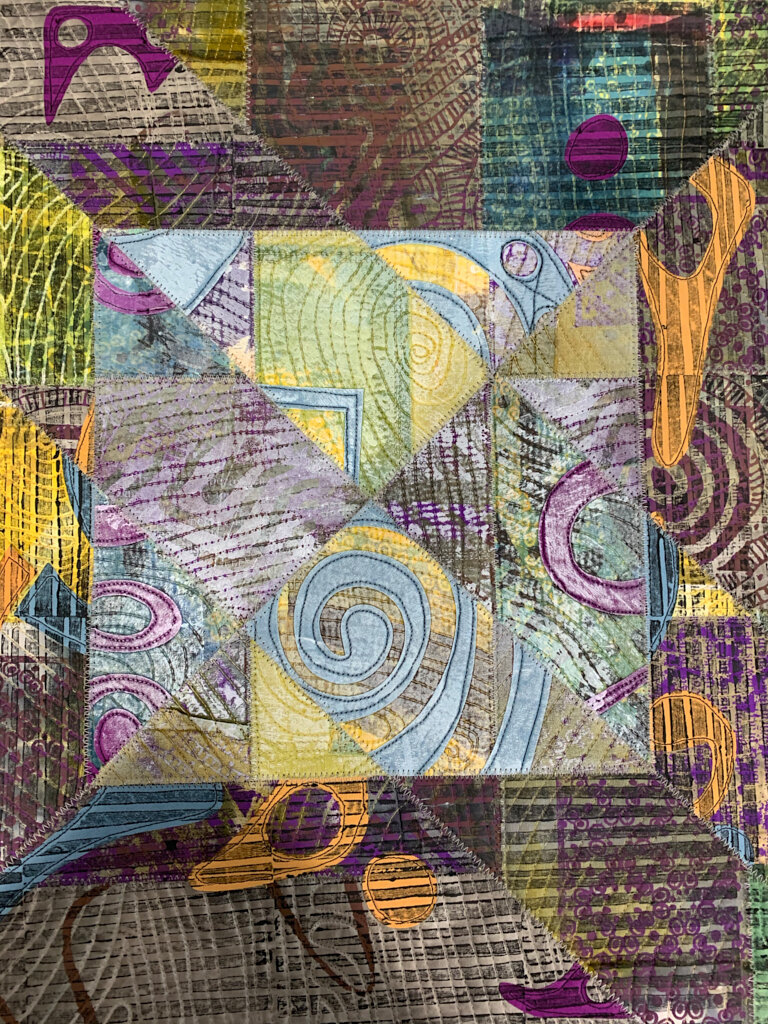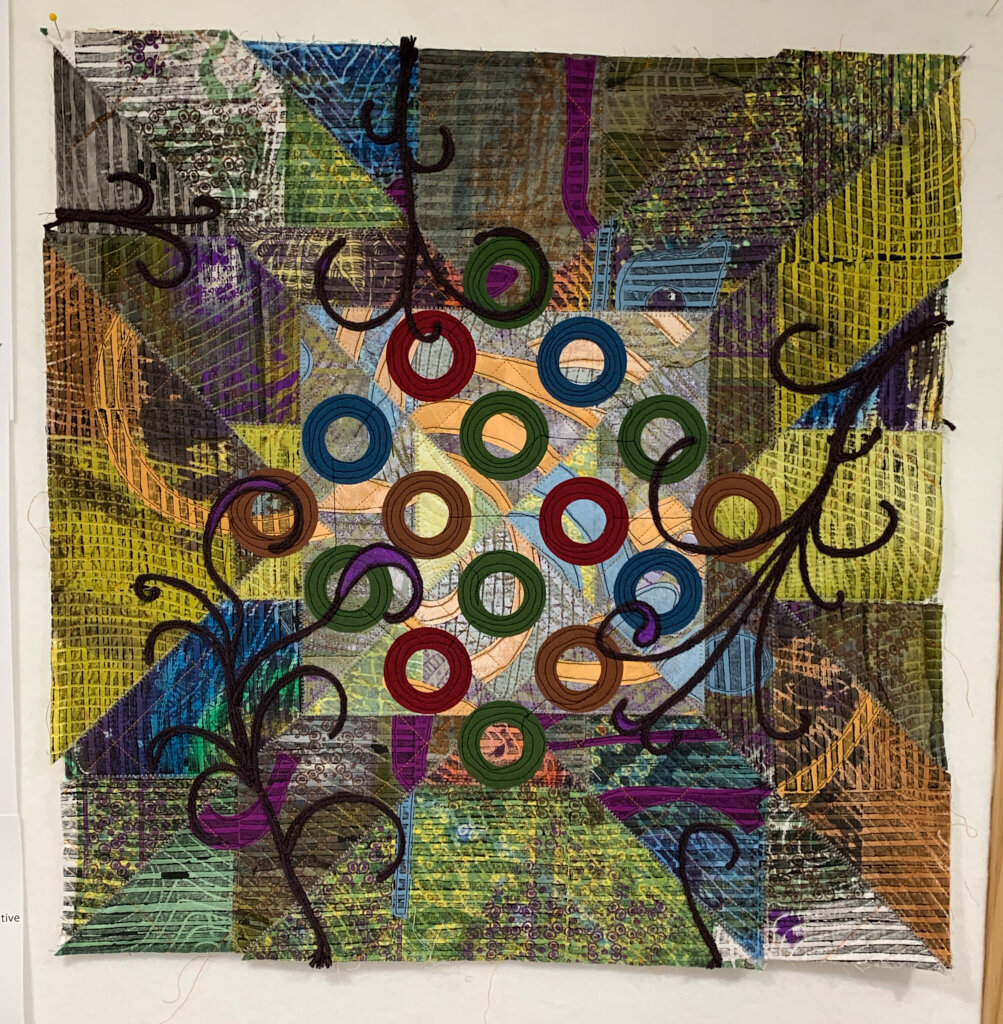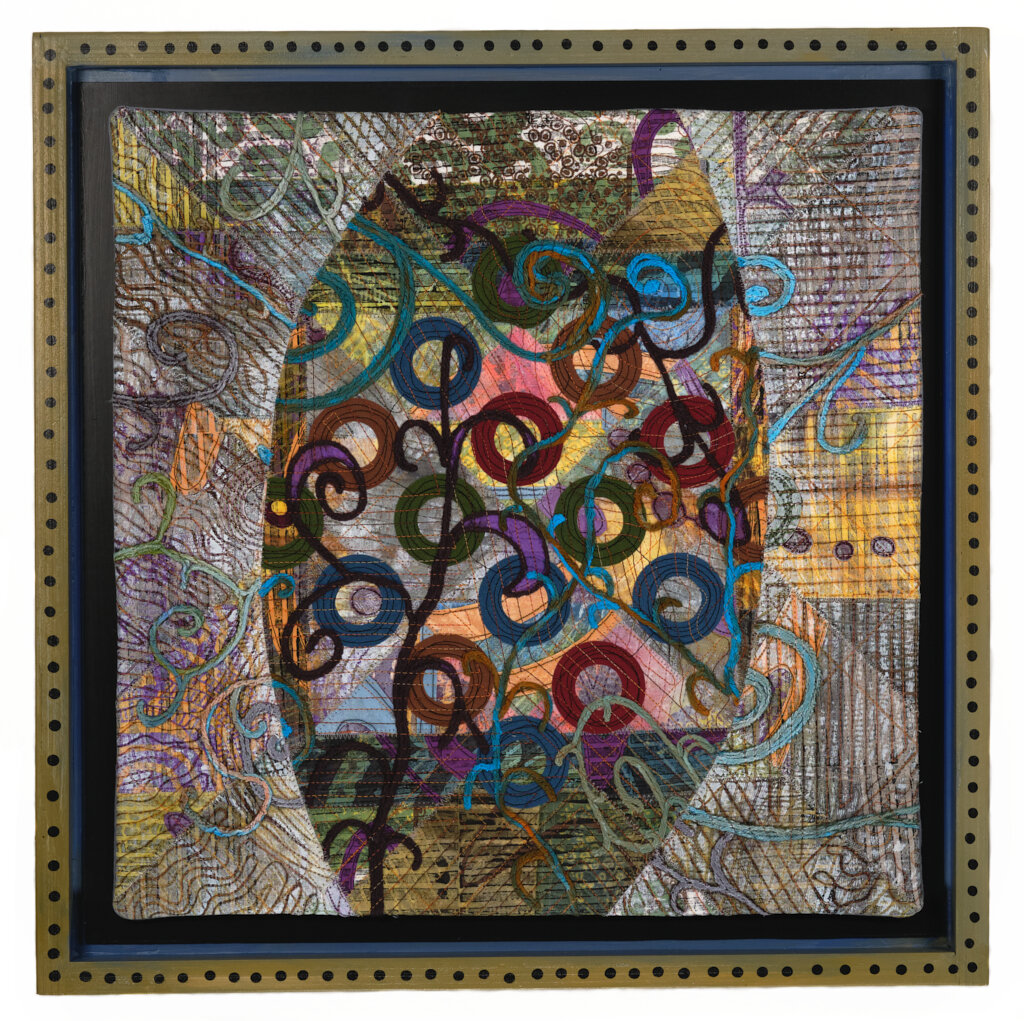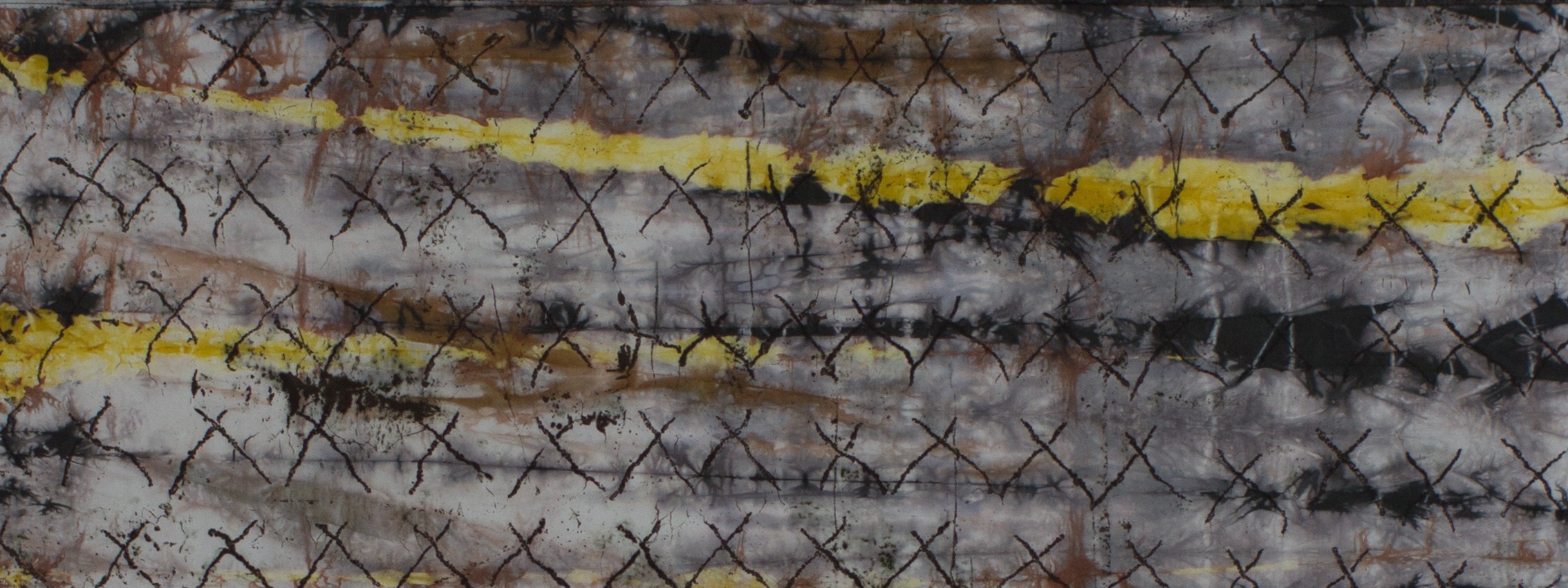
Thoughts & news
The making of Reformation #1 - #9
If you haven’t already done so, take a few moments now to read the preceding post titled Reformation: A new artwork series because it sets the stage for what will follow.
The Reformation series is about trying to let go of things and ideas from the past and allow them to become something new—at least that’s my current thinking. As I was developing the first works of art in this series, I gradually began to see the the whole thing as a metaphor for letting go of—or at least holding loosely to—long held ideas about what is/was most valuable from the past and about how the future would play out. Events in my life and in the life of the world this past year have altered my perception of both past and future. The future that I think about today is different from the one I contemplated a year or two ago. Perhaps I can allow the past and present to inform the future and let it be what it will be (cue strains of Que Sera Sera).
The first 9 pieces in the Reformation series began by cutting up the three finished art quilts pictured below. These selections weren’t trivial. All of the pieces have been publicly exhibited, and the two pieces from Restructured Circles are part of the largest cohesive body of work that I’ve created to date. The first cut was a breathless moment, but once I started there was no going back.
What came next was step-by-step, largely unplanned combination and transformation of the pieces that I cut from the finished quilts. I wish that I’d taken more process pictures, but I say that at the end of every project. I worked hard to keep the process as loose as possible, and I allowed myself the freedom to do anything to the pieces at any point. I painted and printed over the fabric to add visual texture and shift the hue and value, lightening some pieces and darkening others. I fused fabric to add new elements and machine couched yarn to add linear elements. I also cut, sewed, cut again. Because I was working with dense, thick material (the quilted fabric was make up of a top layer plus batting and backing) I assembled the new quilt by butting cleanly cut edges together and zig-zagging over them.
And, if that wasn’t enough, all of the pieces (or at least these first 9!) are in original hand painted float frames or mounted on similarly painted cradle boards—all my own design and construction. The overall framed dimensions are 20 x 20 inches. The question is, did I really need to make the frames myself and did I have to make the process so complicated? Well, it undeniably cost less than paying a framer, but it quickly became more work than I’d intended. I began the frames with the plan of painting them all solid black. As I was doing the carpentry work I started thinking about how much I like painted and embellished folk art frames and how such a treatment might speak to the outsider quality of artwork. And so the hand painting happened.
So, here they are, the first 9 pieces of Reformation, each in its own custom frame.
Visit the Reformation section of my portfolio for more detail shots and information about each piece. Yes, they are for sale, but I haven’t had the time to add them to my online store. Feel free to email me if you’re interested (russ@russlittlefiberartist.com). They’re all $500.
Reformation: A new artwork series
Reformation #1
If you’ve been following my life through Facebook this past year you likely know that, in addition to the generalized concerns about politics and pandemic, my husband Dan and I have been dealing with the aftermath of his nearly fatal car accident on June 2, 2020. If that news escaped you and you want to learn more of our story you can refer to Dan’s Caring Bridge site that I started last summer (https://www.caringbridge.org/visit/danryancollegepark). Stated simply, my priorities shifted during the months Dan was hospitalized and the months of PT, OT, and several more “T”s that followed. The studio was abandoned and I did no art work.
In mid-winter I began tinkering a bit in the studio, trying to work in a bit of art time around a very full schedule of medical and therapy appointments. But, it wasn’t until April that Dan’s recovery had progressed to a point where I was able to begin to venture back to the studio in any serious way. Once there I found myself lacking in every way. I had no stamina, concentration, or inspiration, so I did what I usually do in such situations: I cleaned, put away, organized and rearranged.
In the midst of the cleaning I attacked the storage closed that holds all of my complete work. As I unrolled quilts to give them a good airing out I began thinking about the future of some of the older work. Some hadn’t been exhibited, but some had. Obviously, none of it had sold. Was it going to? Did I want to hang any of it? What if something happened to me; would anybody want this stuff?
That’s when I started wondering if I might be brave enough to “kill my darlings.” That’s a writer’s term for objectively editing your writing and letting go of words, paragraph, scenes, characters, even story lines that you might love but which don’t really don’t belong, are overused, cliche, whatever. In other words, it’s the writing that you, the author love, for reasons that are in no way apparent to the reader. I’m not entirely sure all of these pieces my artwork were “darlings,” but they weren’t exactly dogs either. Could I really cut up a finished work of art or slather it with paint?
The answer turned out to be, “Yes, I can,” and I did.
At first I thought I was just playing around, trying to jumpstart my creative engine with something radical; at least it was radical for me. As is most often my experience, I began to see this little play project as something with far deeper meaning. I gradually began looking at it as a metaphor for what I was going through in my life. Dan’s recovery has been altogether miraculous, but his accident has altered our lives and our expectations about the future. He continues to recover and we’re optimistic about the future, but it’s also true that the future will likely be different from what we used to imagine. Stated another way, some of our long-held expectations might need to be rethought, just like I was rethinking that older artwork.
“Reformation: the act or process of improving something or someone by removing or correcting faults, problems, etc.”
As this idea of rethinking and revising percolated in my brain I started gravitating toward the word, “reformation”. I wasn’t thinking of the 16th century Protestant Reformation or creating an homage to Martin Luther. I was thinking of the word as “re-formed” or “formed again”.
I nominated 8-9 of my older art quilts to be my starting point and then chose 3 to cut up to begin the experiment. Today, 3 months later, the first 9 works in my new Reformation series are making their online debut.
You can see the new pieces in Art Quilt section of my online portfolio or by going directly to the Reformation page.
You can also read this blog post about The making of Reformation #1 - #9.
